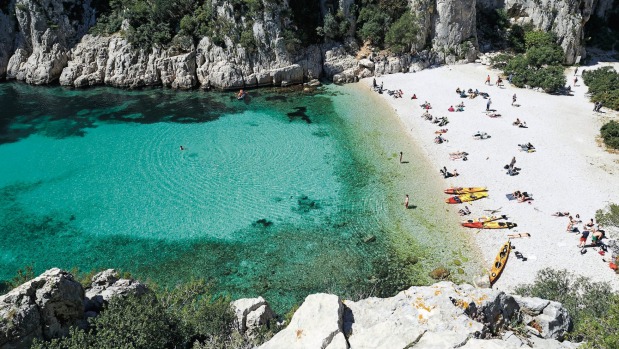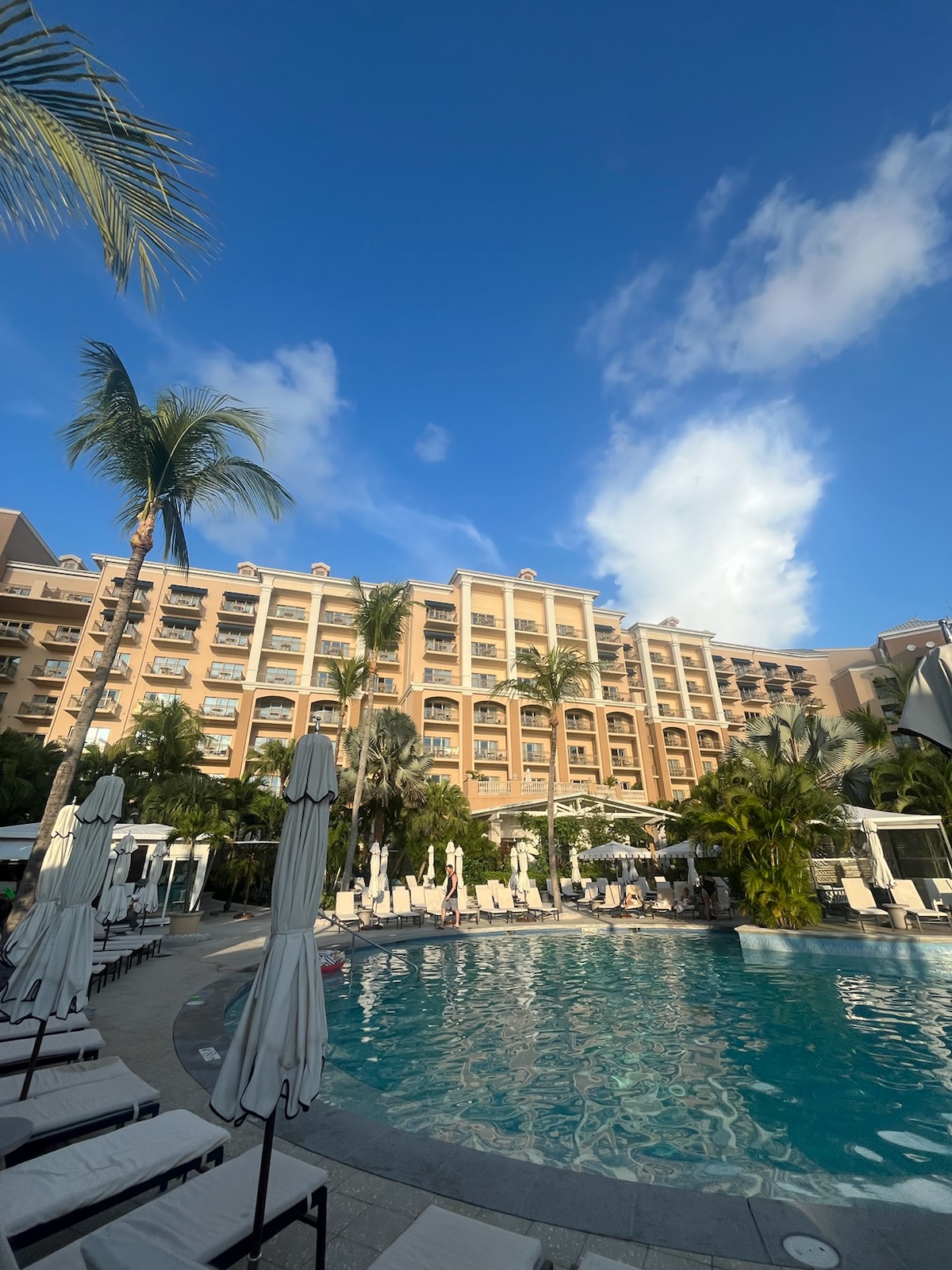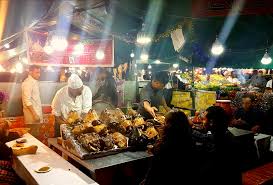
Stuff: Best places for Mediterranean food: France, Italy and Spain, a toast to the coast
DAVID DALE
Last updated 05:00, April 9 2017
Just over 2000 years ago, the Romans built an amphitheatre near the city of Luni, on the north-west coast of Italy. Luni, decorated with marble from the nearby mountains of Carrara, was so magnificent that passing pirates thought they had reached Rome, and kept trying to conquer it.
Just under 2000 years ago, the Romans built another amphitheatre near the town of Tarracon, on the north-east coast of Spain. It became the entertainment centre for visiting tourists from Rome, and in the 2nd century, the crowd enjoyed watching a Christian bishop named Fructuosos get martyred there.
Last year those two amphitheatres were the bookends of a journey undertaken by me and Lucio Galletto (who runs Sydney’s legendary Lucio’s Italian restaurant, in Paddington in the city’s inner-east).
We were in search of the origins of three great cuisines: the Catalan, the Provencal and the Ligurian. We ended up writing a book called Coastline – The shared food of Mediterranean France, Italy and Spain, published this week.
The midpoint of the journey was Marseille, which grew from a Greek trading post called Massalia, set up 2600 years ago. The Greeks had sailed around the western Mediterranean carrying cooking pots, olive oil, saffron and a recipe for fish stew made with the first three items on that list. Their fish stew evolved into bouillabaisse, zuppa di pesce and sarsuela, a tale we tell in Coastline.
When Lucio and I started the project, we were planning a food and travel book about “the river of gold” – the olive oil – that flows from western Italy through Provence to eastern Spain. That was before Brexit, Trump and the rise of Le Pen.




